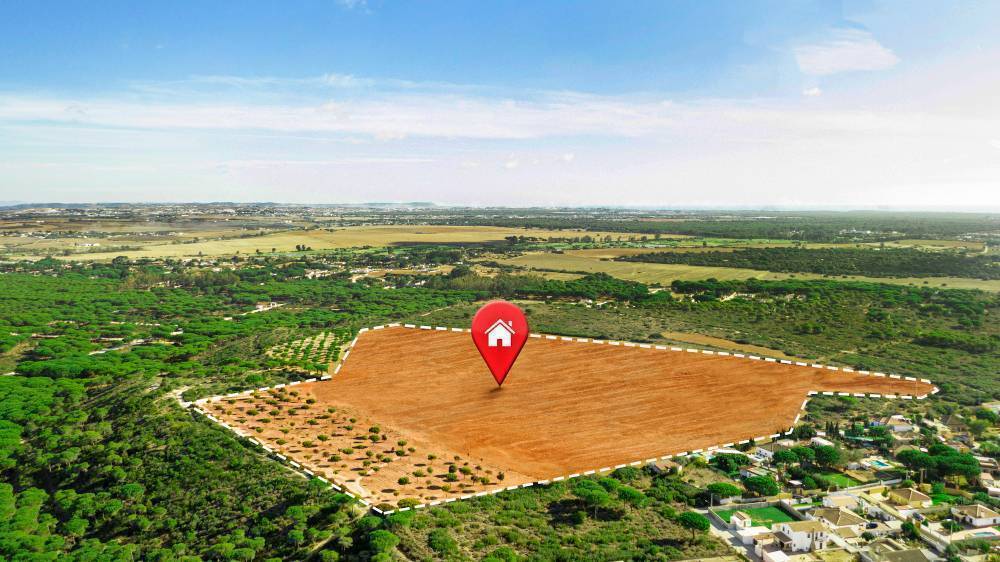Mumbai's real estate market has experienced a strong performance in March 2025, with property registrations surpassing the 15,600 mark, reflecting a year-on-year (YoY) increase of 10.3%. According to the data from the Inspector General of Registration (IGR) accessed by Knight Frank, a significant surge in stamp duty collections has also been observed, rising by 45% YoY to ₹1,597 crore. This increase in revenue highlights a positive trend in the market, largely driven by high-value property transactions, reinforcing the ongoing demand for premium real estate in the city.
In terms of monthly growth, March 2025 marked an active period for the Mumbai real estate market. Property registrations grew by 29% on a month-on-month (MoM) basis, while stamp duty collections jumped by a substantial 71%. This surge made March 2025 the most active month for the market in the past year, with residential properties accounting for 80% of the total registrations. The data reveals strong homebuyer sentiment, bolstered by stable economic conditions and continued large-scale infrastructure development in Mumbai.
The impact of high-ticket transactions was particularly visible in daily stamp duty collections, which saw an increase from ₹35 crore in April 2024 to ₹52 crore in March 2025. This rise in stamp duty revenues reaffirms the ongoing trend of a shift towards premium real estate, as more high-value transactions continue to dominate the market. Additionally, daily property registrations also grew from 388 units in April 2024 to 503 units in March 2025, further underscoring the overall market momentum.
For the financial year 2024-2025, property registrations in Mumbai have witnessed a notable YoY growth of 9%, with 143,948 properties registered, compared to 132,272 for the same period last year. The increase in registration numbers has been accompanied by a significant rise in stamp duty collections, which surged by 22% YoY, reaching a new high for the fiscal year. This uptick in revenue from stamp duty highlights the continued strength of the market, particularly the high-value property segment, which remains resilient despite market fluctuations.
Shishir Baijal, Chairman and Managing Director of Knight Frank India, commented on the performance of the market, stating that Mumbai's real estate sector has once again demonstrated its resilience. He added that the strong growth in both property registrations and stamp duty collections reflects sustained buyer confidence and the continued demand for high-value properties in the city. According to Baijal, the market's performance, particularly in premium real estate, is a testament to the stability of Mumbai's economy and its real estate landscape. The anticipated easing of interest rates in the coming months is expected to further bolster market sentiment and potentially drive more transactions.
The first quarter of 2025 (January–March) also showed promising results, with property registrations increasing by 22% compared to Q1 2024. Revenue from stamp duty collections during the same period rose by 27% YoY, further illustrating the market's strong growth. The data reflects a shift in buyer preferences, with a growing demand for larger homes and premium properties, signaling a shift in homebuyer aspirations.
A notable trend in the market is the increasing share of registrations for high-value properties. The share of properties priced at ₹2 crore and above rose from 17% in March 2024 to 19% in March 2025, with 2,924 transactions in this category. In contrast, registrations for properties priced below ₹50 lakh declined slightly from 30% to 28%. This shift indicates a clear preference for more luxurious homes in Mumbai, as buyers seek larger, premium properties.
Regarding the size of the homes being purchased, apartments up to 1,000 sq ft continue to lead in registrations, but larger units have gained traction. The share of properties between 1,000 and 2,000 sq ft increased from 8% to 13%, while larger homes above 2,000 sq ft remained stable at 1%. On the other hand, smaller units, especially those up to 500 sq ft, saw a decline in registrations, falling from 48% to 38%. This shift highlights a growing preference for more spacious living environments, as buyers look for larger homes to accommodate evolving lifestyles.
Geographically, Mumbai’s Western Suburbs and Central Suburbs dominate the real estate market, accounting for 86% of the total market share. The Western Suburbs remain the largest real estate hub, although its share has decreased from 55% to 44%. In contrast, the Central Suburbs experienced the most significant growth, with their market share increasing from 29% to 34%. This shift reflects both the rising supply of properties in these areas and the growing interest from buyers in emerging locations. The growth in the Central Suburbs signifies a changing dynamic in Mumbai's real estate landscape, with more buyers looking for opportunities in newer, up-and-coming neighborhoods.
In conclusion, Mumbai's real estate market has shown remarkable growth in March 2025, driven by a surge in property registrations, high-value transactions, and increased stamp duty collections. The ongoing preference for larger, premium homes reflects shifting buyer aspirations, while the continued strength of the market indicates a robust outlook for the coming months. With sustained demand, evolving buyer preferences, and a favorable economic environment, Mumbai’s real estate sector is poised to remain a key player in India's property market.









.png)